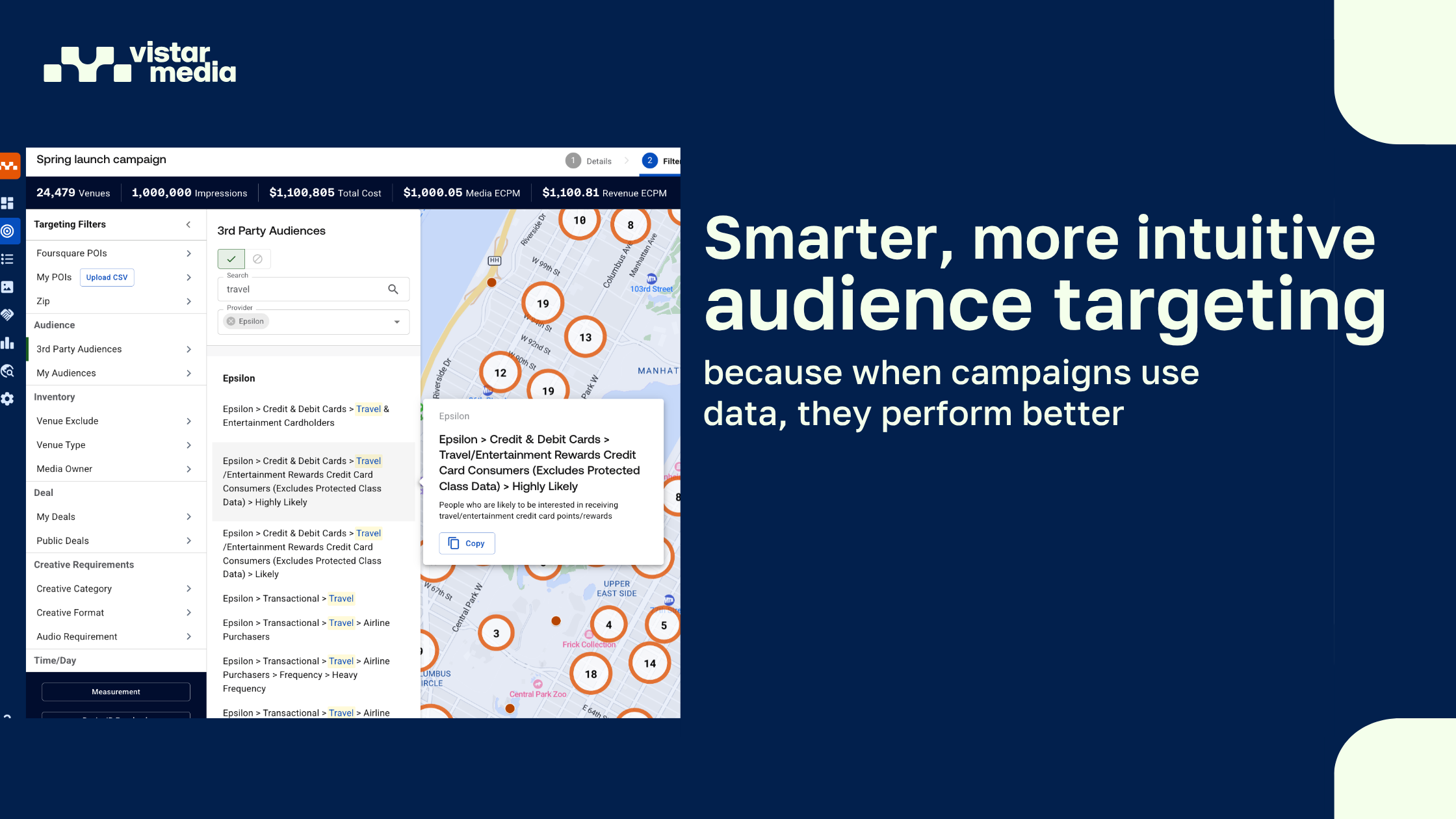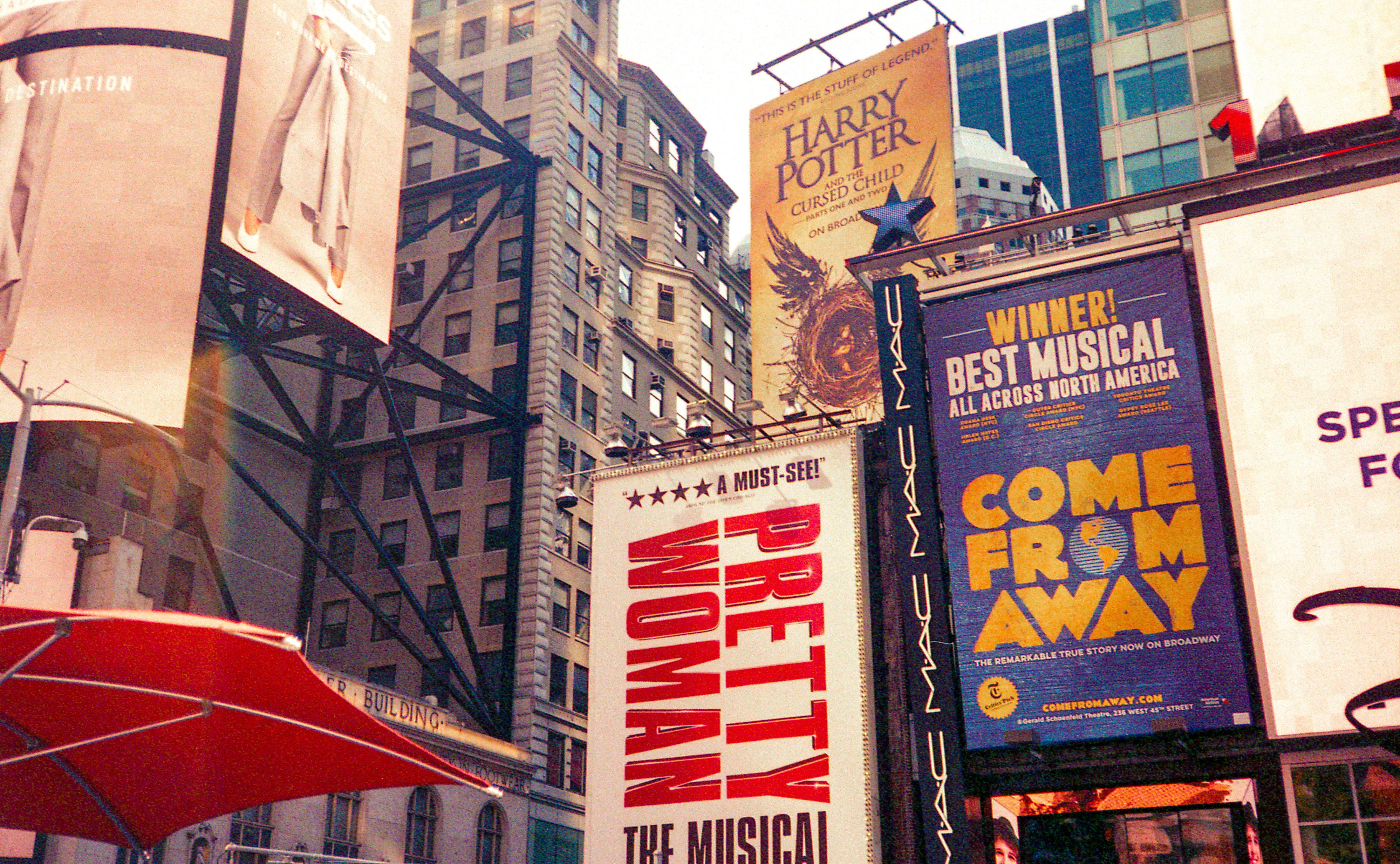At the heart of every successful retail marketing strategy lies one area that will outperform the rest: the point-of-purchase (POP). This critical area can be a game-changer for your sales figures. In this blog, we're laying out everything you need to know about advertising at the POP, from the types of creatives that will get your brand noticed to the product categories made for it.
What exactly is the point-of-purchase?
The POP is the final stage of the buying journey, when a shopper goes from browser to buyer. Everything at that point is designed to nudge shoppers towards making a purchase, from strategically placed displays to irresistible last-minute deals near the checkout counter.
Is point-of-purchase different from point-of-sale (POS)?
Yes, POP and POS are different concepts. However, they are related and often used interchangeably.
Point-of-purchase
The POP is all about influencing the shopper’s decision to buy. It involves marketing and display strategies within a retail space to capture the shopper’s attention and inspire that last-minute purchase. Imagine walking through a store and being drawn to a vibrant display at the end of an aisle — this is a classic example of POP. Other examples include product demos, promotional banners and shelf talkers. Essentially, POP consists of all advertisements living within the area where the advertised item can be purchased.
Point-of-sale
POS is where the transaction is completed—when the shopper pays for the items they want. The POS includes the hardware and software systems used to process sales, manage inventory and handle customer transactions. This consists of the cash registers, barcode scanners and the entire checkout process.
Can there be a POP display in the same area as the POS? Of course. We’ve all seen advertisements next to the register (and grabbed the item displayed, don’t lie). However, the two serve different purposes within the retail space.
Why point-of-purchase matters
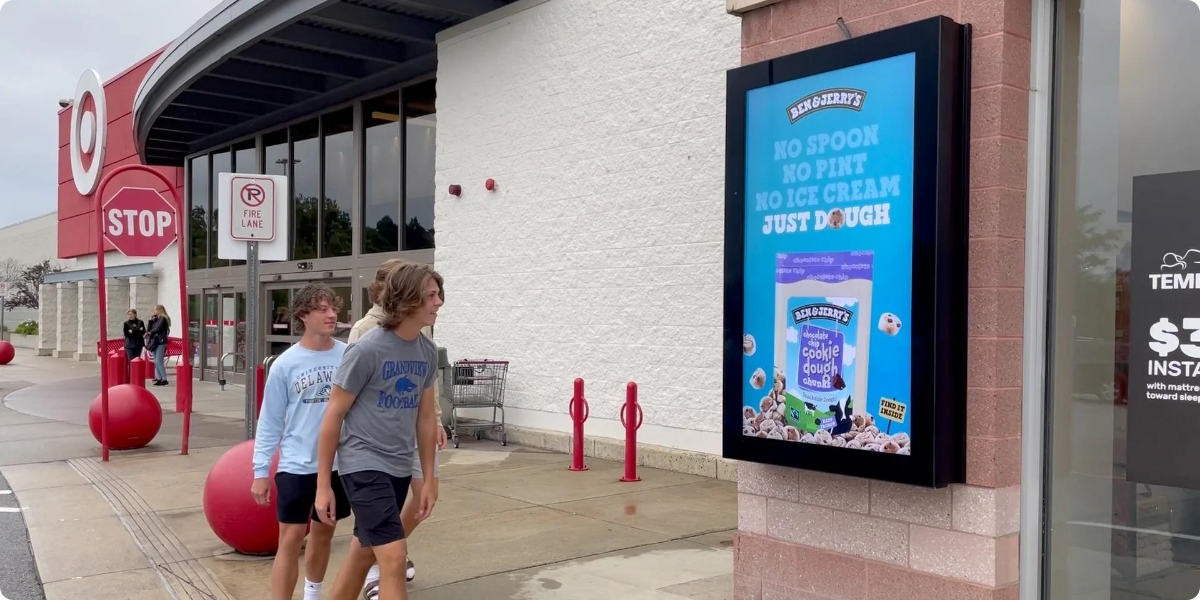
Your last chance to make an impression
From the moment a consumer leaves their home to when they enter a store, they are bombarded with choices, so it’s essential to stand out. The POP represents a critical moment—a brand's last chance to make an impression and influence that consumer’s shopping cart. Effective POP displays capture the right kind of attention in a crowded space. It is an excellent way to highlight promotions, discounts and new product launches.
Not all purchases are planned
One of the most powerful aspects of POP marketing is its ability to encourage impulse buys. A recent survey found that 93% of shoppers make at least one totally unplanned purchase per trip to the store. A well-placed, attractive display inspires a shopper to purchase by creating a sense of urgency and desire.
Some of the least planned purchases include
- Auto supplies (94%)
- Magazines and newspapers (91%)
- Candy and gum (85%)
- Cosmetic items (69%)
Simply put: It works.
96% of supermarket shoppers make at least one purchase that is in some way affected by POP material. You're missing out on millions of purchases if you're not utilizing this space. But it’s not just product placement that makes this space a must-use. It’s also a fraction of the price to get eyes on your brand. One study found that, on average, it costs $4.05 to $7.45 to reach 1,000 adults through a 30-second TV commercial. The cost per thousand (CPM) for an in-store advertisement? 0.03 to 0.37 cents. That’s 4% of the price for the same number of eyes!
What makes an effective point-of-purchase ad?
%20advertisement%20with%20a%20design%20to%20catch%20the%20eye.png?width=1200&height=600&name=Point%20of%20purchase%20(POP)%20advertisement%20with%20a%20design%20to%20catch%20the%20eye.png)
Design to catch the eye
An eye-catching display is an essential element of a successful POP ad. It should be visually appealing and effectively highlight the products. Consider the following design principles:
- Bold colors: Use vibrant and contrasting colors to stand out. Bright colors can attract attention and draw them in.
- Engaging graphics: Incorporate high-quality images and graphics that showcase the product's benefits and uses. Visual storytelling can be powerful in conveying the product's value.
- Consistency with branding: Make sure the display aligns with your brand’s visual identity. Use consistent logos, colors, and typography to reinforce brand recognition and trust.
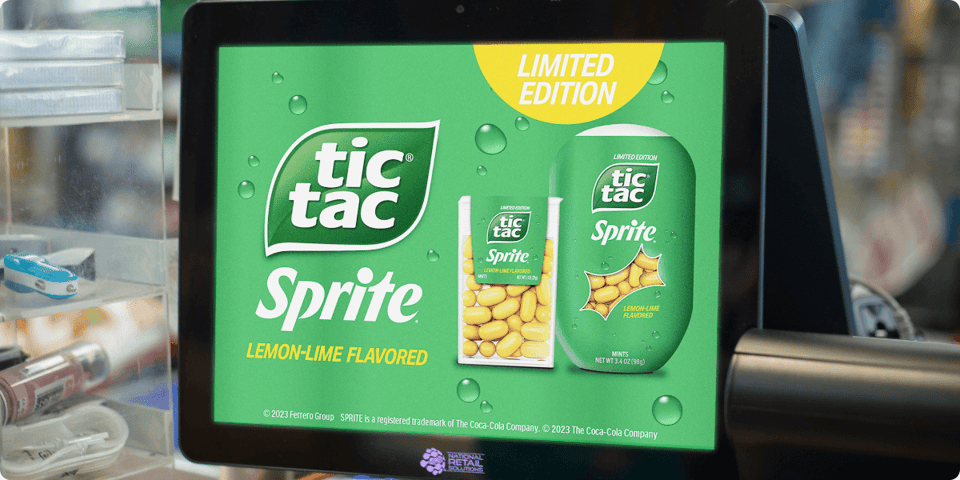
Create a sense of urgency
Everyone loves a good deal; limited-time offers or exclusive discounts can drive immediate purchases. Highlight your latest promotions for that extra little push.
- Limited-time offers: Highlight special deals only available for a short period. Use phrases like "today only," "limited time," or "while supplies last" to create urgency.
- Bundles and discounts: Offer product bundles or discounts on multiple purchases. It adds value and encourages shoppers to buy more than they initially planned.
- Clear and concise messaging: The promotion needs to be easy to understand. Use large, readable fonts and straightforward language to communicate the offer.
%20advertisement.png?width=1200&height=600&name=point-of-purchase%20-%20clear%20call-to-action%20(CTA)%20advertisement.png)
A strong call-to-action (CTA)
A compelling CTA is essential for prompting shoppers to take immediate action. Use action-oriented language like "buy now," "save 20% today," or "grab yours before it’s gone" to motivate them to purchase on the spot.
Conclusion
Focusing on POP sets the stage for those crucial moments in a buyer's journey. Effective POP displays stand out, grabbing shoppers' attention with bold colors and engaging graphics. They create urgency with limited-time offers and clear, concise messaging encouraging immediate action. And the best part? POP advertising is incredibly cost-effective, giving you a higher return on investment than other forms of media.
So, if you want to boost your sales and make a lasting impression, embrace the POP. With the right strategies, you can turn browsers into buyers and see your sales figures soar.


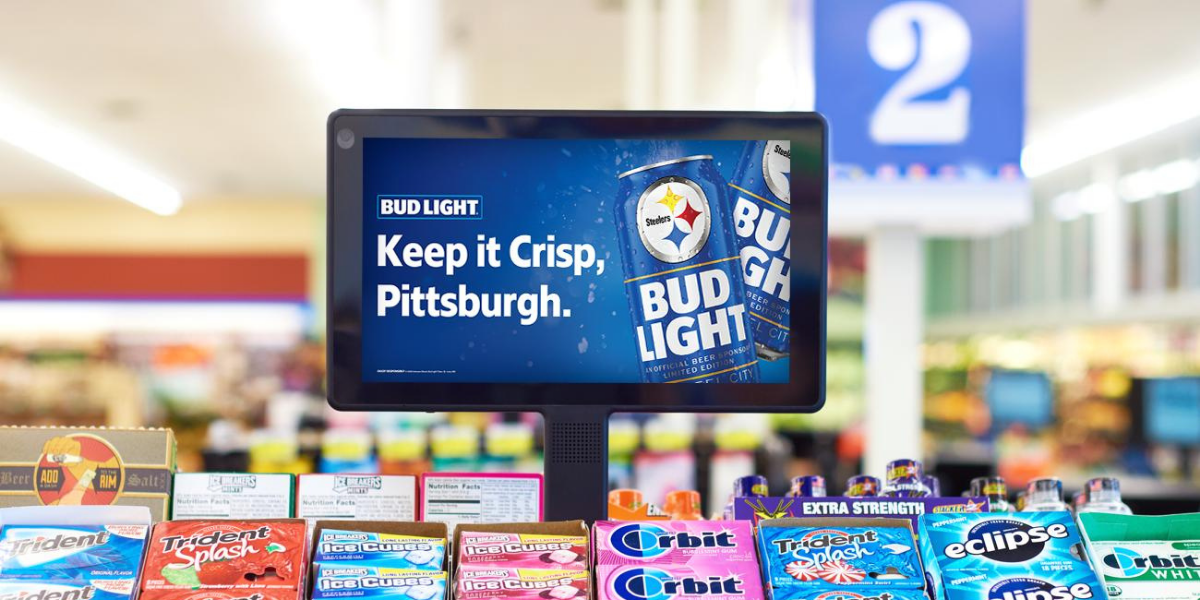

%20advertisement%20with%20a%20design%20to%20catch%20the%20eye.png?width=1200&height=600&name=Point%20of%20purchase%20(POP)%20advertisement%20with%20a%20design%20to%20catch%20the%20eye.png)

%20advertisement.png?width=1200&height=600&name=point-of-purchase%20-%20clear%20call-to-action%20(CTA)%20advertisement.png)


